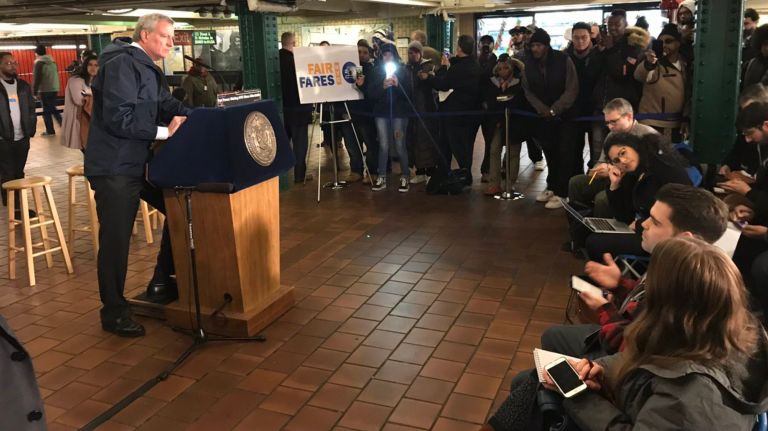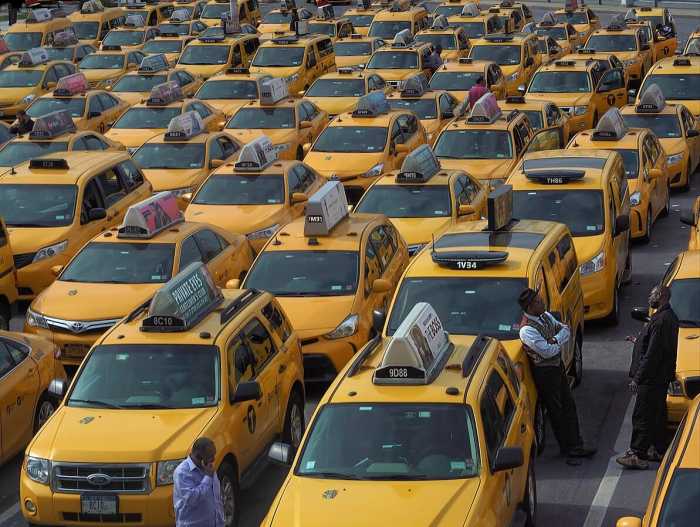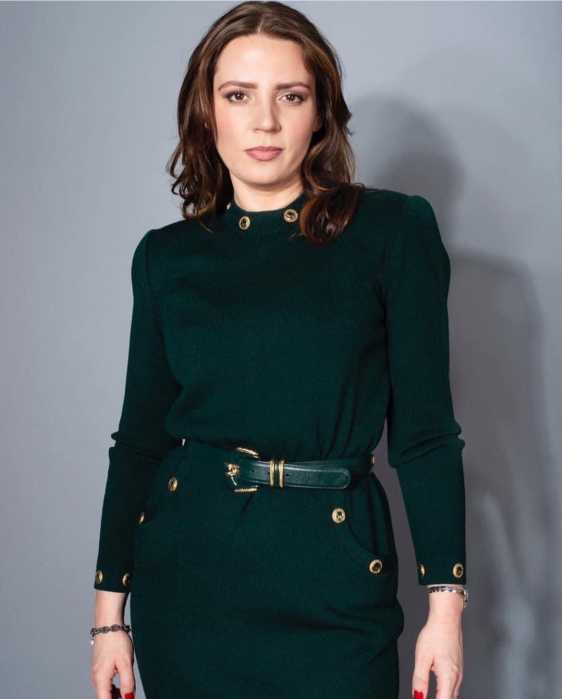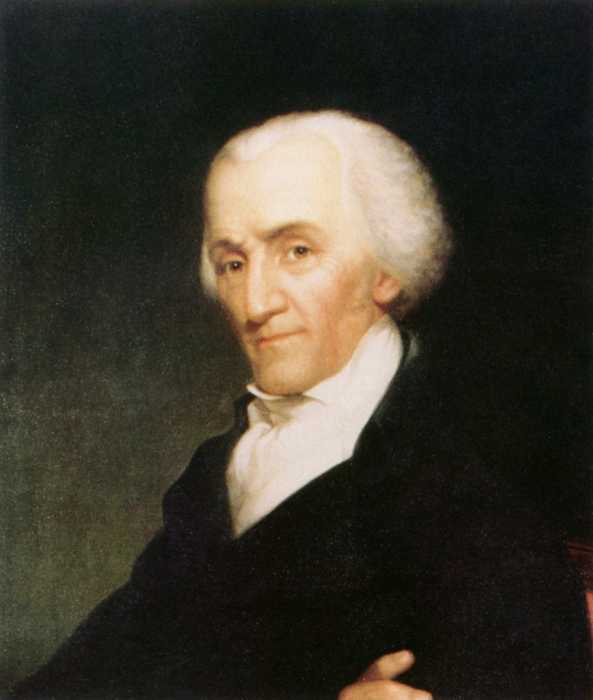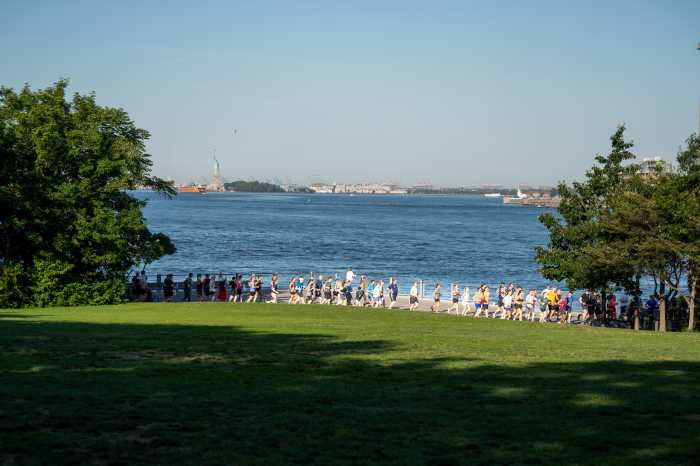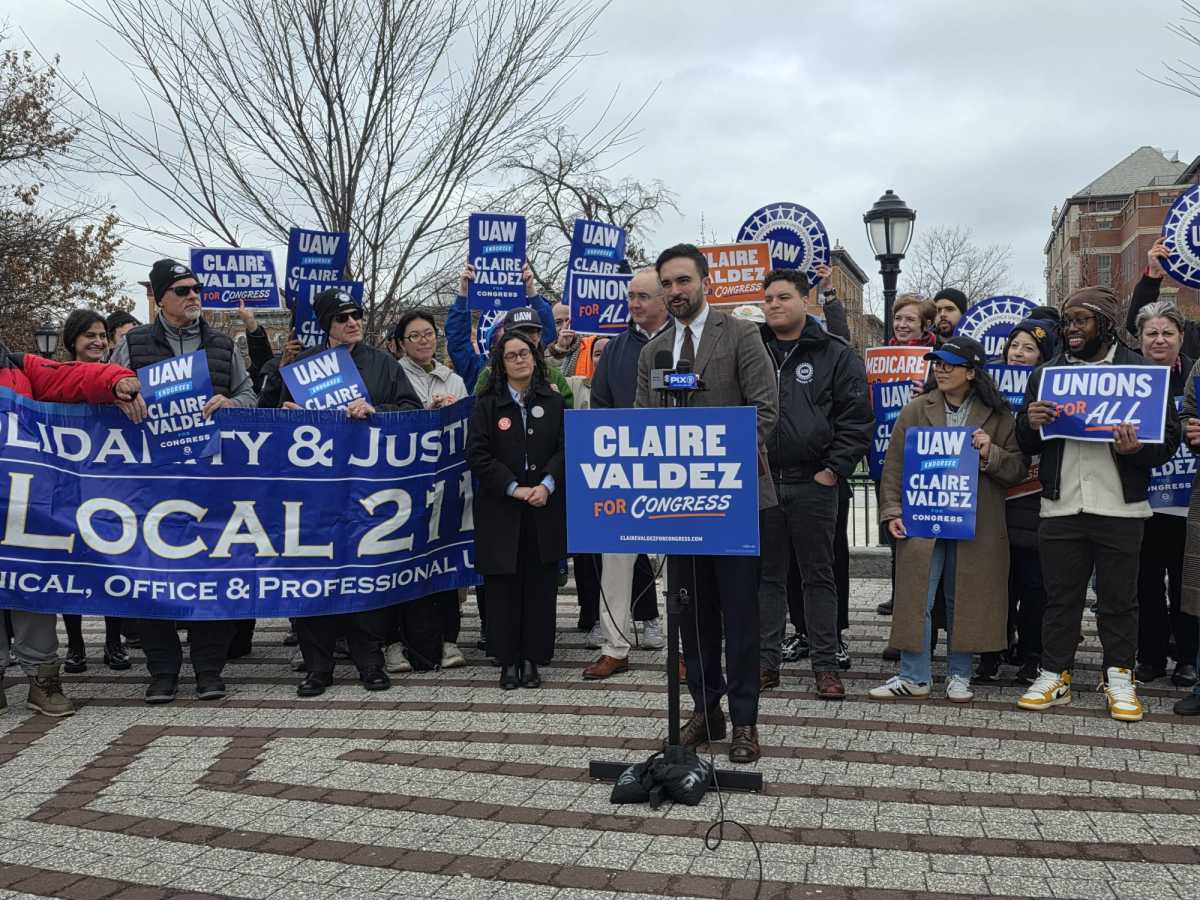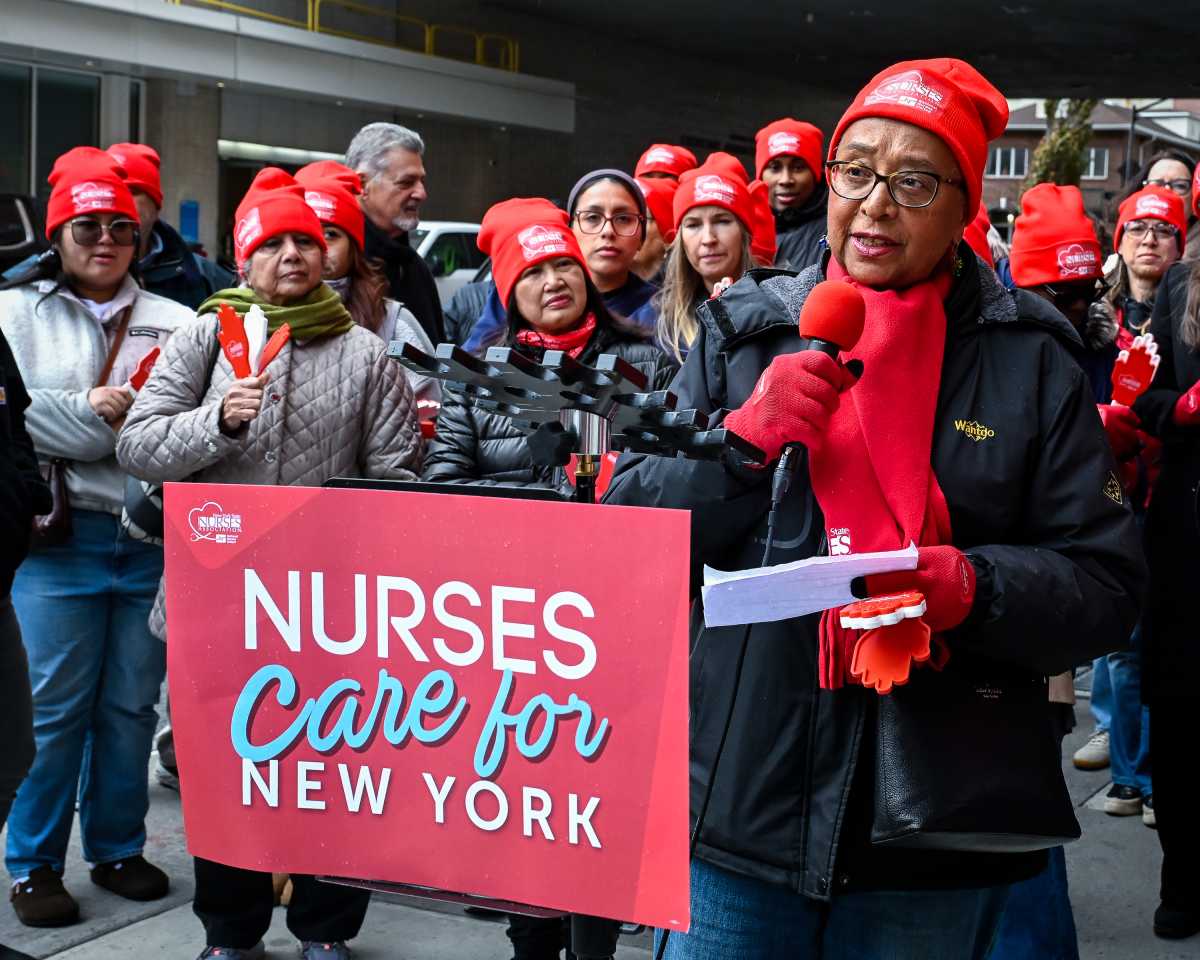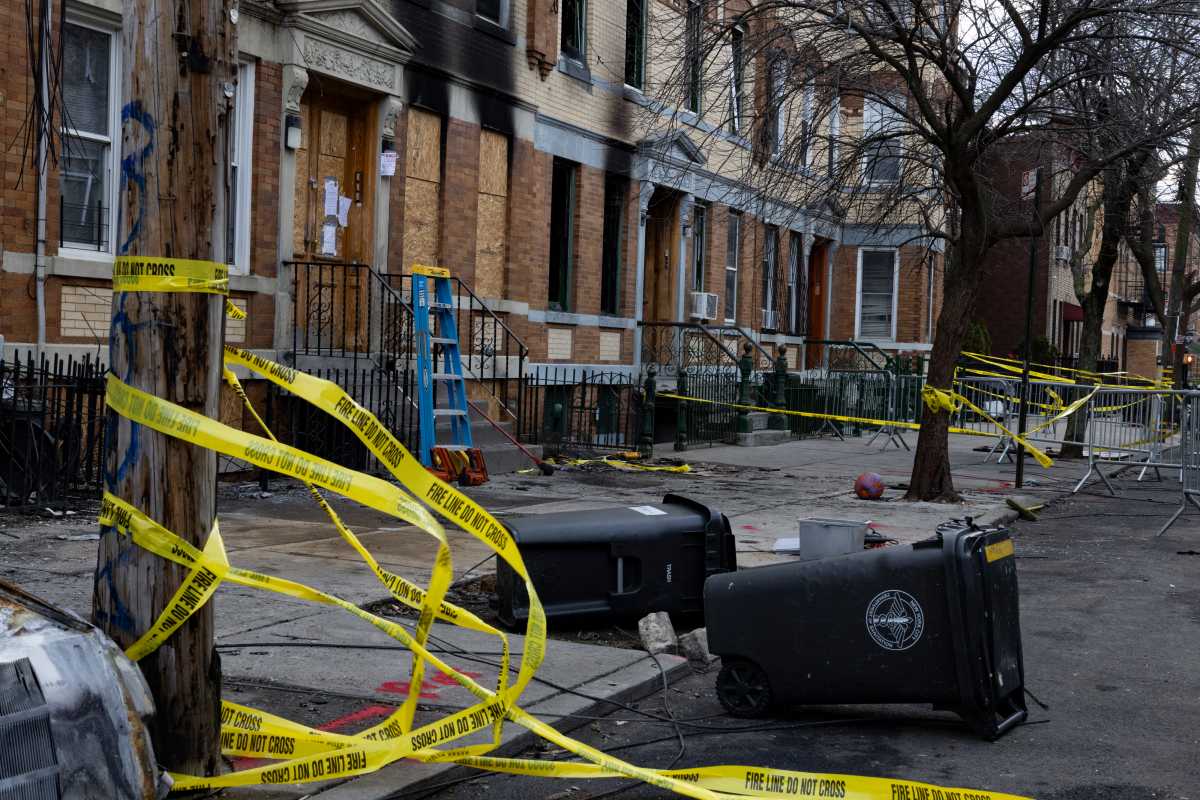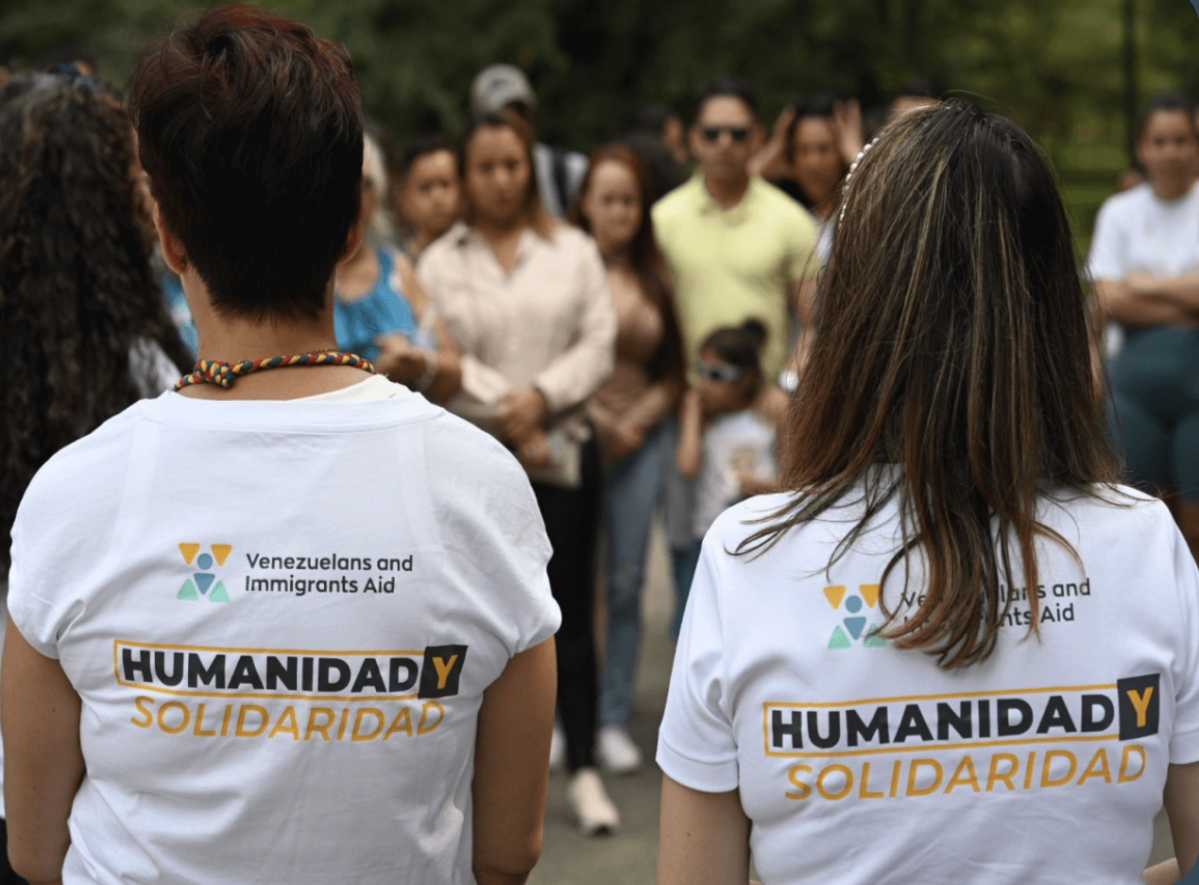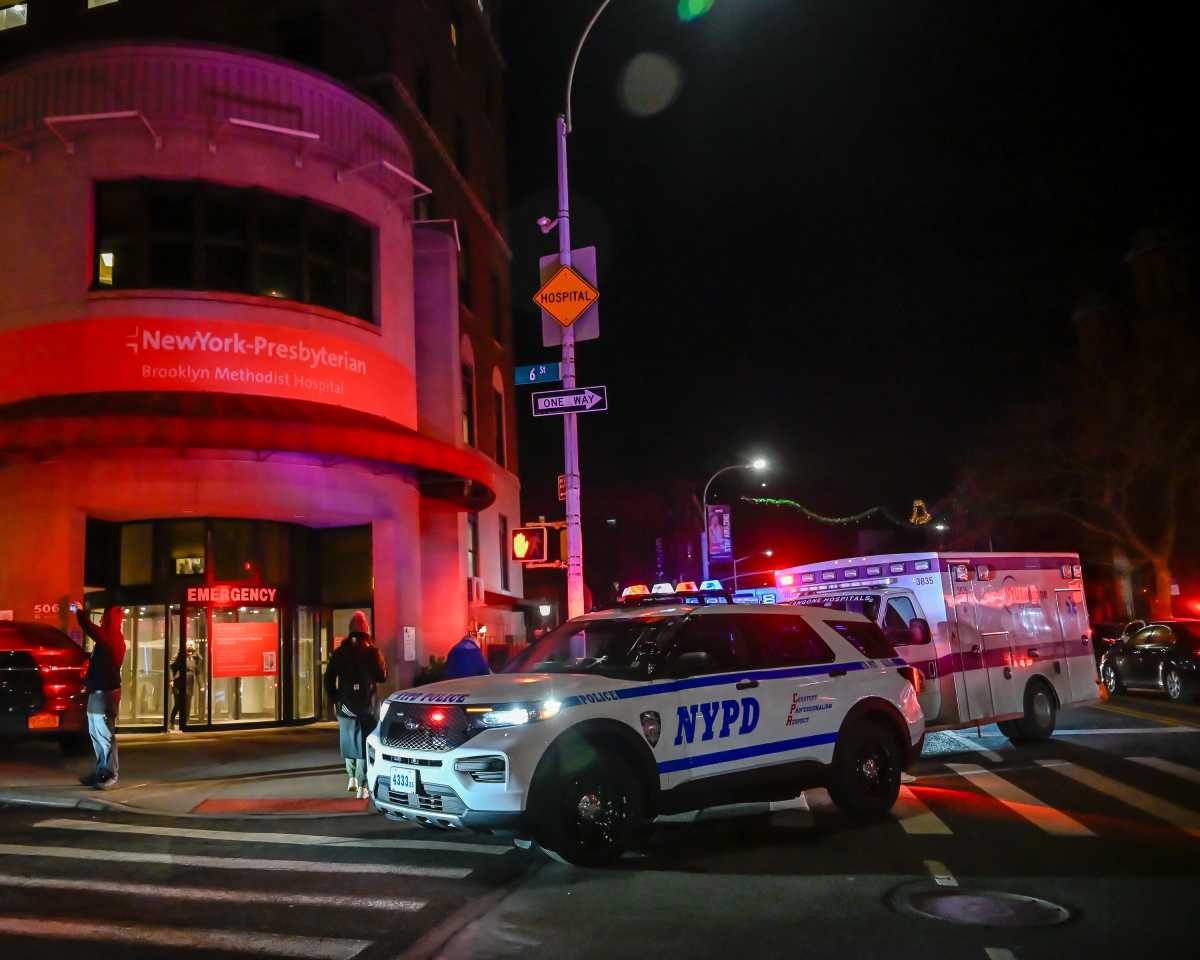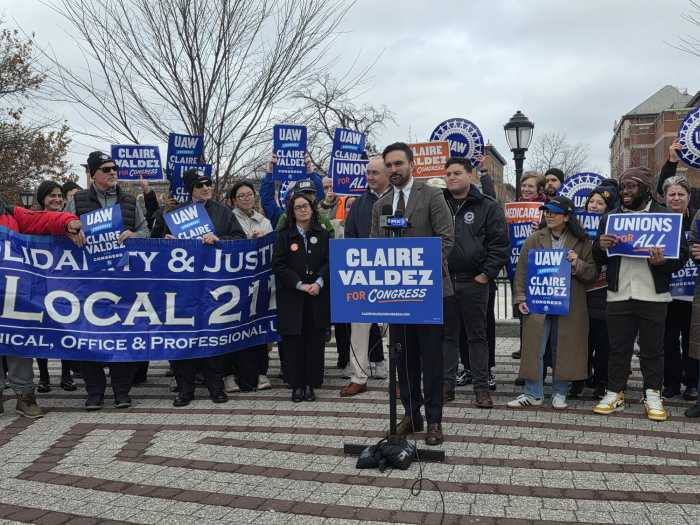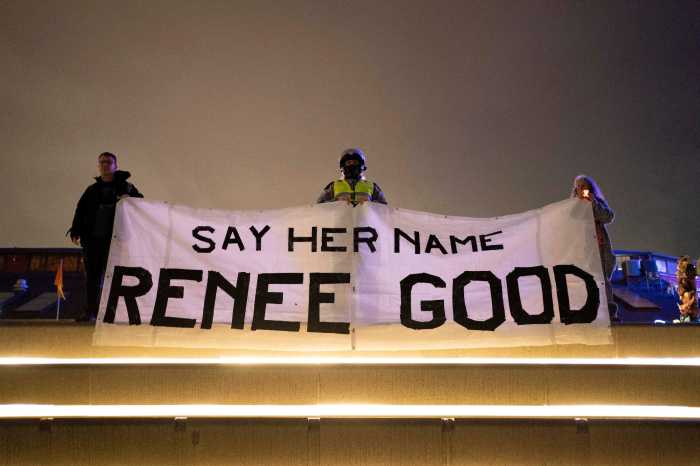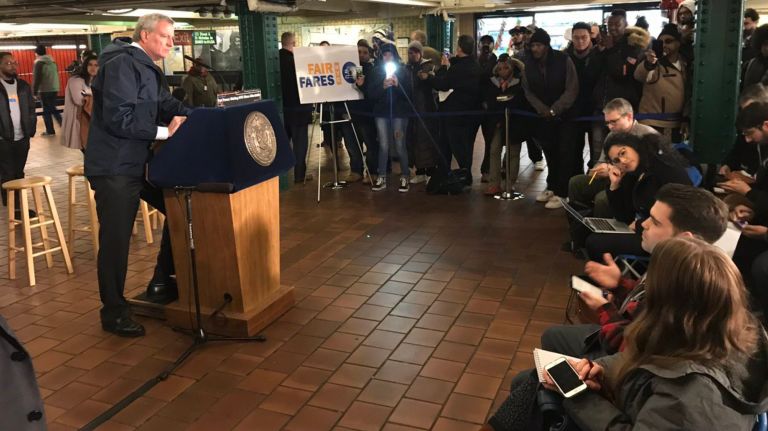
It has been a month since the beginning of the city’s Fair Fares initiative, which subsidizes half fare MetroCards for some New Yorkers in need.
Forgive yourself if you haven’t heard about it.
The idea has long been championed by activists. Speaker Corey Johnson and City Council members put it in their budget last year, and Mayor Bill de Blasio eventually got on board as well, with a deal to bring half fares to New Yorkers under the federal poverty level. The Community Service Society of New York, a nonprofit that pushed for the proposal, estimated it would apply to some 700,000 New Yorkers, with somewhere in the range of 360,000 likely to sign up.
But when the opening phase was outlined last month, de Blasio was saying the city would be reaching out to only 30,000 eligible New Yorkers, those who are already receiving cash assistance. People interested would have to show up to a particular office in their borough to pick up the card, a monthly or weekly unlimited only.
Other groups would have to wait longer, such as the estimated 130,000 working New Yorkers receiving Supplemental Nutrition Assistance Program benefits. They would have to wait until April.
CSS points to others missing: the working poor who don’t receive public benefits, and others who don’t work full time. In other words, the program has hardly begun.
While posters cover subway trains for the state’s minimum wage raise and the city’s public health campaigns, there has been limited advertisement for Fair Fares. The city Human Resources Administration has shared on social media a bit.
This official website offers some information about limited eligibility, including the line, “If you are eligible for Fair Fares NYC, you will receive a letter telling you where to pick up your Fair Fares MetroCard.”
Don’t call us, we’ll call you.
The city has yet to release figures on how many people have actually applied for the discount MetroCards. CSS said that only 107 Manhattan residents had registered by late last month, a number a city spokeswoman says is inaccurate, though she didn’t provide better stats.
Some champions of the program are surprised it has gotten a seemingly quiet start under de Blasio, who has gone on national television to talk about other fairness and economic equality drives like medical coverage.
“It’s an antipoverty program of the most basic sort," says Nancy Rankin, vice president at CSS. More than $100 million had been allocated for the program’s first half-active year. “It’s not a lack of money,” Rankin says, “it’s a lack of will.”
The future health of the program might be glimpsed in some upcoming events.
First, the mayor’s preliminary budget proposal, expected Thursday. How much will de Blasio include for a full year of the program? Earlier estimates had been that it would cost more than $200 million annually.
Second, the percolating budget conversation in Albany. De Blasio has said in multiple settings that he’d rather the MTA budget cover Fair Fares, and has suggested that funding solutions for the cash-poor MTA might include enough to cover the city program. Just another complication as the MTA faces a reckoning of potential reorganization and dire funding needs.
In the meantime, some people are finding their way to Fair Fares. The Manhattan pickup office in East Harlem is a ten minute walk from the nearest subway, in a small room on the second floor of a social services office. During a Tuesday afternoon visit, staffers greatly outnumbered the handful of people there for cards. A manager said about a dozen people were working in the office, which included a small waiting room with fresh Fair Fares posters and multiple “tellers” who could finalize the paperwork, like a bank.
Ana Lopez, 62, was one of those who was helped, and happily showed her new MetroCard with a small “FF” notation on the back. She lives in Midtown and works in childcare, using the MTA for Costco and BJ’s runs, among others. The half fare would help with the groceries, or the electricity bill, important at a time when everything seems to just get more expensive.
The pickup had been a smooth experience for her: She got her letter and even a follow-up phone call, and brought her son Cesar to help her translate Spanish to English at the East Harlem office. But there had even been a translator on site.
Nothing to complain about. Mom and son left smiling. Hopefully hundreds of thousands of other New Yorkers will someday benefit, too.



